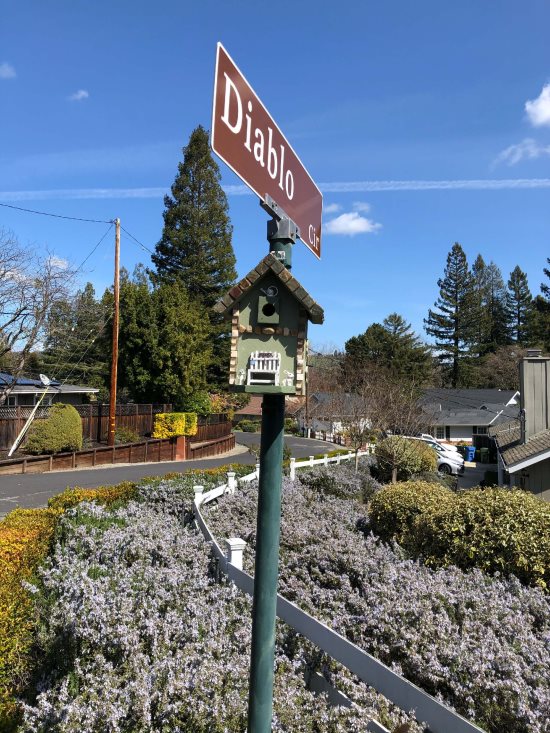
| ||||||
Engineering and Public Works Director Mike Moran began the discussion concerning implementation of a mitigation measure that obligates the Terrace project developer, O'Brien Land Company, LLC, to install a traffic signal at the Deer Hill Road and Brown Avenue intersection. In response to emails he received asking why the traffic signal was being discussed by the council while litigation was pending, Moran said the project had been through the full review process and approved. Moving to implementation, he said, was "basically administration on what's already been approved."
In August 2002 the CEQA findings, mitigation and other aspects of the Terrace application were deemed adequate by the council, upholding an earlier decision of approval by the Planning Commission in June. Attorney Rob Hodil confirmed that the mitigation measure was previously approved and includes an agreement with Save Lafayette stipulating the group will be notified 30 days prior to any visible construction at the site. The one-month time frame would allow Save Lafayette to file a stop work injunction if they chose to do so upon notification.
Asked during a public comment period what would happen if installation of the signal had begun or was completed and the development project falls through or litigation prevents its completion, Hodil said such an occurrence was unlikely. He said the developer bears all costs other than city inspections and was unlikely to invest the money and initiate the work involved in construction and installation the signal with litigation or any injunctions pending.
All of the public comments during the April 12 Zoom meeting spoke to preventing, or at the very least, allowing time for more consideration. Several people asked about a roundabout option that had been considered, but not selected. Council reiterated the rationale for a signal, the availability of a prior public comment period and the 2020 approval of the overall project with the signal as a mitigating element. The council voted unanimously to approve implementing the mitigation agreement.
Turning to action in the downtown core, an immediate vote to approve the replacement of 21 duet and 7 public refuse receptacles with Bigbelly units - which utilize technology to increase efficiency with sensor-equipped waste and recycling stations - was deferred after Council Member Anduri questioned if enough time had been devoted to the decision. Concerned about the appearance of public spaces along Mt. Diablo Boulevard, Anduri suggested the involvement of the Public Arts Committee would be appropriate.
Moran said research he has conducted on allowable alterations and Bigbelly units observed in neighboring cities (such as Walnut Creek) show modifications such as wraps or painting the industrial containers exteriors can be made. Moran noted that capacity issues and the mixing of trash with recyclables in the existing Republic receptacles despite color-coding and markings on the exteriors means high-use areas have overflow issues and contamination is frequent when people mistakenly mix trash and recyclables. The result? More trash is left on the ground and street or is ending up in landfills. Especially in highly populated areas like Plaza Park, the Bigbelly high-capacity units that use solar power to compact cans, track internal capacities and maintain safety features will require lower maintenance and through this and other ways outlined in the staff report will reduce carbon emissions.
A decision was made to move the item to the April 26 meeting after more research is completed regarding permissions and the cost of artistic wraps or paint to improve the aesthetics of the replacement receptacles.
One item relating to both aesthetics and traffic not pulled from the consent calendar for conversation was a report and recommendation from the Public Art Committee to accept the donation of custom birdhouses created and installed at various locations in Lafayette by artist Greg Moeller.
The PAC reviewed a letter of complaint regarding birds and squirrels occupying the birdhouses and deemed Moeller's public art installations did not violate any municipal codes. Furthermore, the report states the birdhouses are compatible with the city's aesthetics and natural environment and a cooperative arrangement with the artist as to maintenance and future installations has been agreed upon.
Reach the reporter at:
